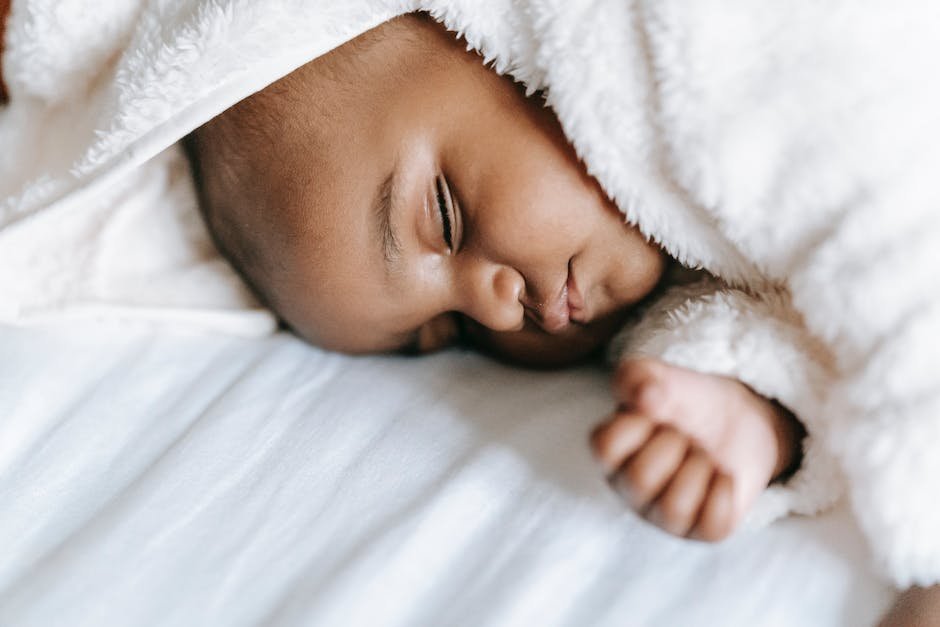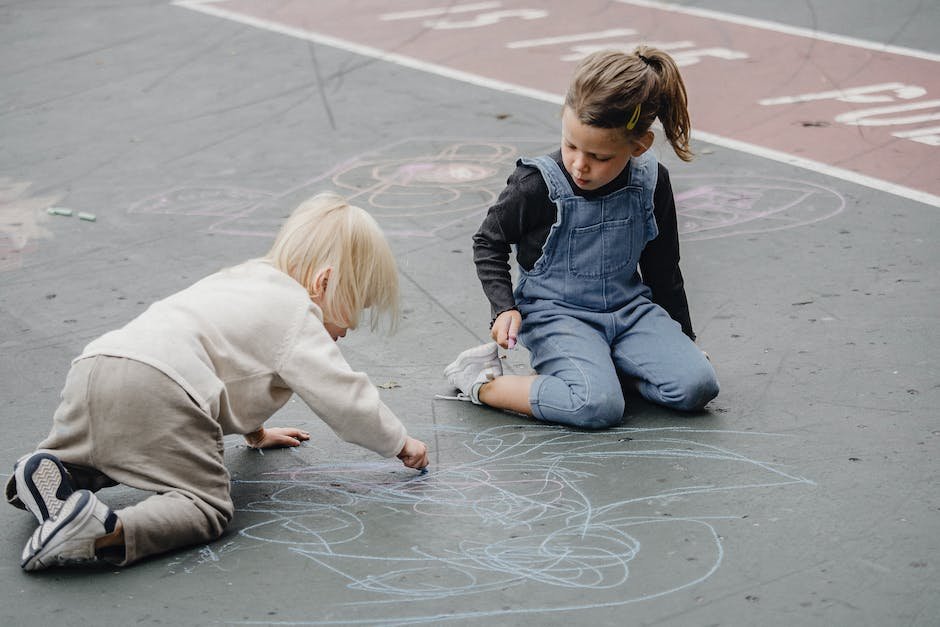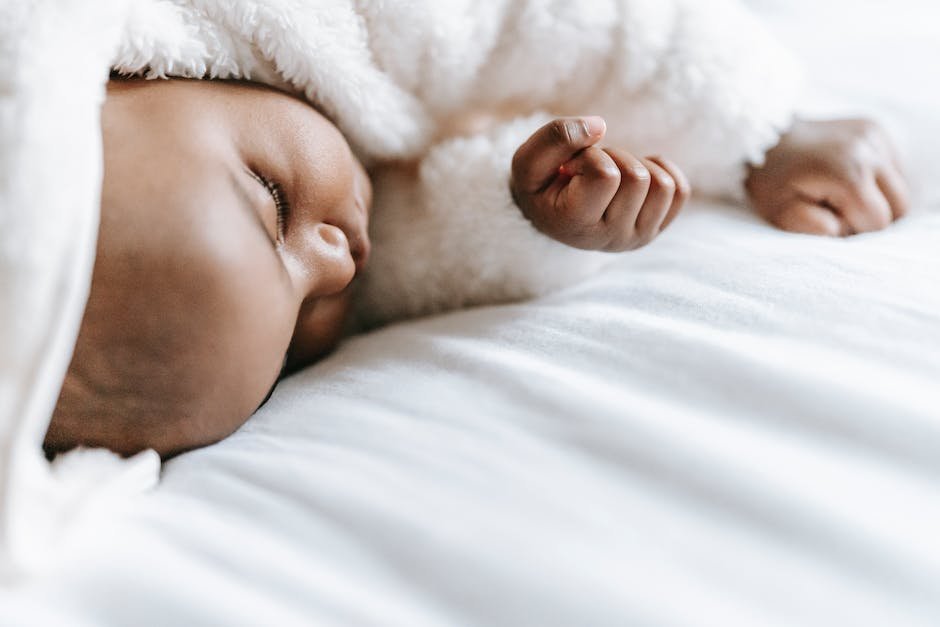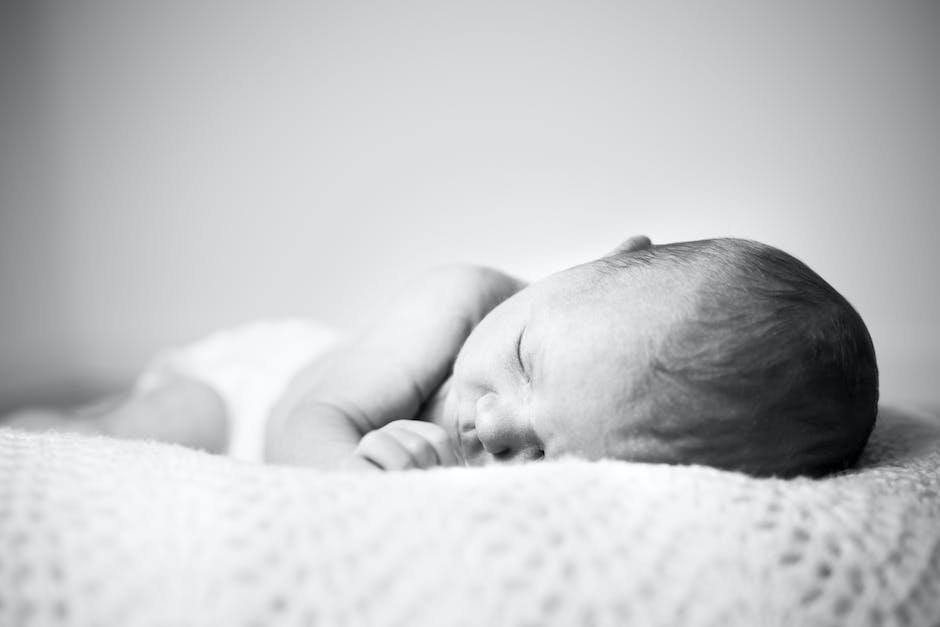
The intricate nature of Autism Spectrum Disorder (ASD) profoundly influences diverse aspects of a child’s life, among which sleep emerges as a vital component warranting deeper comprehension and delicate management. Various factors, such as sensory sensitivities, social-cognitive abnormalities, and behavioral conditions, contribute to this intricate tapestry, often making sleep a challenging endeavor for autistic children. Bridging that gap between daily struggles and peaceful slumbers is crucial not just for these children’s well-being, but also for their overall development and family dynamics. Understanding these complexities, creating a sensory-soothing environment, establishing steadfast routines, and adopting therapeutic tools can significantly alleviate sleep-related concerns associated with autism. Equally essential is knowing when and where to seek professional help for entrenched, unbearable sleep issues.
Understanding Autism and Sleep
Undeniably, people throughout the universe peacefully doze off under the secrecy of darkness after a hard day’s labor. Sleep, for sure, is a favorable, revitalizing prospect for many of us, but, unfortunately, it’s not always the same for children with autism. Autism indeed influences sleep patterns in various dimensions. As we explore how autism affects sleep patterns, it’s essential to put on an empathy hat and get a clearer picture of what these little warriors go through nightly.
Autism, officially known as Autism Spectrum Disorder, affects communication, social interaction, and behavior, bringing in unique challenges – in sleep patterns, among other areas of life. It wouldn’t be surprising to spot an autistic child wrestling to initiate sleep, maintain it or experience early morning wake-ups, ushering in an untimely dawn.
It’s estimated that between 40% – 80% of people with autism have some sleep problems. That’s significantly higher than the 25% noticed in typical children. The main point here is not despair but the understanding that sleep challenges might be a part of the journey with autism.
Insomnia is one of the most common sleep issues children with autism experience. It’s characterized by difficulty falling asleep or staying asleep throughout the night. Imagine the exhaustion and exasperation caused by this nightly tug-of-war. As a result, autistic children may battle daytime sleepiness, irritability, and even have troublesome behavior.
There is further complication caused by the irregularity in the body’s internal clock or the circadian rhythm, leading to sleep-wake cycle disruptions. Autism gets coupled with a reduced level of melatonin, a hormone that helps regulate sleep-wake cycles. This mismatch could result in bedtime resistance, frequently waking up during the night, or waking up extremely early.
Parasomnia, characterized by abnormal movements, behaviors, emotions, and dreams while sleeping, is another sleep disruption. One might witness night terrors, sleepwalking, bed-wetting, and nightmares in autistic children. Bear in mind that these instances could be frightening, disrupting sleep, and making bedtime a dreaded event.
Any parent or guardian would yearn for their child to experience seamless sleep bliss. So, what could be done to improve the sleep quality of children with autism? A lot! It revolves around creating predictable bedtime routines, ideally involving calming activities like reading a book, taking a warm bath, or listening to soothing music. It helps signal it’s time for sleep.
Additionally, encouraging physical activities during the daytime could wear the child out, promoting better sleep at night. An interesting strategy might involve avoiding stimulating activities close to bedtime. This includes the advanced technology gadgets that many children love. The blue light they emit could be a hurdle towards achieving sleep goals.
A key take-away from this illuminating exploration is understanding that with autism, sleep might not come as effortlessly. Yet, hope remains etched within the stone of resilience. It lies within cherishing, navigating, learning, and growing through these special experiences – a unique journey with an extraordinary child living with autism. In sleep and beyond, you are not alone.

Creating an Autism-Friendly Sleeping Environment
How to Foster a Nurturing Sleep Environment for Autistic Children
Creating a comforting sleep environment for children diagnosed with Autism Spectrum Disorder (ASD) can be quite the challenge. But take heart; it can be achieved through understanding your child’s unique needs and some thoughtful adjustments to their sleep environment.
After establishing a structured bedtime routine and steering clear of stimulating activities before bedtime, the next essential step towards promoting better sleep quality is tailoring the bedroom environment for the child with autism. Their environment plays a pivotal role in their sleep quality, and making a few changes may be just the ticket to long, peaceful nights.
It’s important to remember that no single solution fits all scenarios. Autism is a broad spectrum disorder, and every child is different. They may have distinct sensory sensitivities or preferences that should be considered when tailoring the sleep environment.
Lighting Choices Matter
Lighting can significantly influence the quality of sleep your child gets. Blue light emitted from electronic devices can confuse the body’s internal clock. It’s recommended to limit exposure to screens close to bedtime. But what about the lighting in the room itself?
Many children with ASD are known to be sensitive to light. Thus, investing in blackout curtains or blinds can make a world of difference. They will block any outside light that might otherwise disturb their sleep. Alternatively, some kids may find a dim night-light comforting.
Auditory and Tactile Comforts
Sounds can be another sensory issue for children with ASD. While some love total silence, others feel more relaxed with white noise. Small appliances like air purifiers or fans can serve as a source of white noise. On the other hand, earplugs or noise-canceling headphones can be helpful for those who prefer a complete absence of noise.
Without a doubt, the sense of touch significantly affects bedtime comfort. High thread count sheets might sound luxurious, but children with ASD can be overly sensitive to particular textures. Hence, mattress, pillows, and blankets should all be chosen with the child’s tactile preferences in mind. Weighted blankets, believed to provide a calming effect, might also be an option to consider.
Promote a Decluttered Space
Ensuring a neat, tidy, and uncluttered bedroom can help children with ASD feel more relaxed and calm. Too much visual stimuli or an overly busy environment might over-stimulate your child. Keeping decorations minimal and organized can make their room feel more restful.
Keep It Cool
Studies indicate a cooler sleep environment promotes deeper sleep. Keeping the bedroom slightly cool, around 65 to 70 degrees Fahrenheit, can enhance your child’s sleep quality.
Safety First
Safety is of utmost importance. Childproof the entire bedroom to prevent any accidents. Take into account your child’s behaviors—if they tend to wander, consider door alarms or safety gates.
All in all, creating a serene sleep environment that caters to the sensory needs of children with autism can do wonders for their sleep quality. Being observant and adaptive to their needs while applying these adjustments can lead to a significant positive difference and pave the way for restful nights filled with sweet dreams! Remember, you’re not alone in your journey—and every small victory is indeed a victory.

Establishing a Routine
In the realm of autism, consistency is key. This rings especially true when it comes to bedtime routines, which can have a significant impact on sleep quality. Establishing a structured evening routine often comes with a myriad of benefits. A predictable flow of activities can provide a sense of security, reduce anxiety, and aid the transition from wakefulness to sleep.
To begin, avoid stimulating activities leading up to bedtime, as these can interfere with the body’s natural winding-down process. Opt for calm, low-key activities such as solving jigsaw puzzles, reading books, or playing with soft toys. These options can serve as effective stepping stones toward a peaceful goodnight’s rest.
Next, tailoring the bedroom environment is essential. With the sensory sensitivities and preferences of children with autism, it’s important to curate a bedroom atmosphere that feels safe and soothing. For instance, light can significantly influence the quality of sleep. Using blackout curtains or blinds to block outside light, especially if the bedroom faces a bright street lamp or dawn sunlight, can create a darker space that is conducive to sleep.
Yet, total darkness can be unnerving for some. In such cases, dim night-lights could serve as a gentle luminary source, casting a warm glow that’s comforting rather than overbearing. Also, certain sensory issues may pertain to auditory comforts, and white noise options such as air purifiers or fans can be very beneficial. For those who prefer silence, earplugs or noise-canceling headphones may prove helpful.
Comfort also comes in tactile forms, which may influence the choice of bedding. The type of fabric, the texture, and even the design can make all the difference. Some kids find heavy, fluffy duvets comforting, while others may prefer lightweight blankets. Weighted blankets, in particular, are often appreciated for their calming effect.
The surroundings matter too, so promoting a decluttered space with minimal distractions can create a relaxed environment. Not to mention, a slightly cool bedroom can facilitate better sleep quality, with the ideal temperature being around 65 degrees Fahrenheit.
Last, safety is a significant concern. Measures for childproofing the bedroom and taking steps to prevent potential wandering can ensure a more secure sleep environment. This could include placing locks on windows, securing furniture to walls, and installing a baby gate at the door.
As it emerges, curating a consistent bedtime routine that considers all the individual preferences and sensitivities is not merely beneficial, but essential for autistic children. It takes into account their unique needs and helps them achieve a good night’s sleep, making every night a step towards improved wellness. Harnessing these insights, one can certainly craft a sleep sanctuary imbued with tranquility and comfort, designed for the most peaceful dreams.
Remember, parenting is not a precise science. What works for one family may not work for another. The key is perseverance, patience, and a whole lot of love. Harness that, and everything else eventually falls into place. After all, it’s the journey, not the destination, that truly matters.

Tools and Techniques for Better Sleep
Some children with autism may respond well to specialized tools that aim to improve sleep. Research continues on the effects, but some parents report significant improvements using a few specific techniques or sleep aids. It is worth remembering that every child is different, and what works for one may not work for all. However, examining some tried and true methods can be a good starting point when exploring ways to enhance sleep quality for autistic children.
The use of visual cues and social stories is an intriguing method that has gained popularity in recent years. Visual cues can be beneficial for children with autism as they tend to be visual learners. Creating a visual schedule to breakdown the bedtime routine can remind a child of what comes next, providing a sense of security.
Social stories are another powerful tool that can make a big difference. A social story is a simple, clear narrative – using a book, video, or app -that teaches appropriate behaviors and responses, including for bedtime. For your child, a social story can visually break down the whole bedtime process in a non-threatening and easily digestible way.
Then there’s the use of calm-inducing activities which, of course, is tailored to your child’s preferences. Aside from detaching from screens pre-bedtime, you might consider incorporating soothing activities like relaxing baths with lavender oil, quiet reading time, gentle massage, or listening to calming music or nature sounds. Autistic children may have sensory sensitivities, and these proposed activities can tap into their sensory preferences in a positive, calming way.
Many parents attest to the effectiveness of some technology-directed tools in enhancing sleep for their autistic children. For instance, an app specifically designed for children with autism might play pleasant, calming sounds or display peaceful images that will aid your child in winding down for sleep. Just make sure to transition from direct use of such tool to avoid alertness caused by light emissions from the screen.
Lifestyle modifications and dietary considerations are also worth exploring. Some studies suggest that a gluten-free, casein-free diet may contribute to better sleep patterns in some children with autism. Meal timings can also have a significant impact. Avoiding heavy meals close to bedtime can prevent the body from being overworked while it needs to relax for sleep.
Lastly, consult with a sleep specialist or a behavioral psychologist who specializes in autism. With the help of these professionals, parents can learn applied behavior analysis techniques and other therapeutic methods to enhance sleep quality.
Navigating through these challenging waters can be daunting, but remember, you are not alone. There’s a whole community out there – including therapists, educators, and supportive parents just like you – all ready and willing to lend a helping hand. Remember too, take success one baby step, or one dreamy night, at a time!

Professional Help for Sleep Issues
When do you Need Professional Help for your Child’s Sleep Issues and How to Seek It?
Frequently, parents of children with autism do their utmost to bolster sleep patterns, armed with advice and research to inform bedtime strategies. And although it is always recommended to be proactive, there are times when assistance from sleep specialists may be necessary. It is absolutely crucial to recognize when professional help becomes a necessity for your child’s sleep issues. After all, it could be the key to improving their overall well-being and quality of life.
Signs that your Child Needs Professional Help
The need for professional help doesn’t necessarily mean failure – it’s all about providing your child with the best possible tools and resources tailored uniquely to them. But how can you tell when it’s time to seek professional help? Persistent problems, despite trying various strategies, could be a significant indicator. A marked increase in difficulty falling asleep, repeated nightly awakenings, irregular sleep timings, or extreme daytime sleepiness are signs that professional help may be required.
Bedtime fears and anxiety, nightmares, sleepwalking, or other parasomnias that disturb sleep could also suggest the need for intervention. A child struggling excessively with bedtime transitions or displaying unusual sleep patterns might benefit from consultation with a professional.
Finding the Right Professionals for Help
When it comes to assessing and treating sleep disturbances, a variety of professionals can provide expertise. These range from sleep specialists and sleep psychologists to pediatric sleep consultants and occupational therapists. It’s crucial to find providers who have experience or specialized training in autism to better assess and address your child’s unique needs.
Before committing to a particular professional or clinic, make sure to enquire about their background and expertise in treating autistic children. Explore choices that align with your family’s philosophies and your child’s specific needs.
What can a Sleep Specialist do for your Child?
Visiting a sleep specialist isn’t as intimidating as it sounds! These empathetic professionals will work with you to create a detailed sleep diary, helping to indicate behaviors that might be hindering your child from obtaining good quality sleep. They may recommend a sleep study (polysomnogram) to rule out other medical conditions that might be impacting sleep.
A sleep specialist may also offer suggestions for Behavioral Sleep Intervention (BSI), emphasizing various strategies that can be molded according to the child’s individual challenges. BSI’s are quite effective and involve no medication. However, if necessary, medication options for sleep can also be discussed with the sleep specialist.
Support Along the Journey
It is important to remember that you’re not alone on this journey. By reaching out to professionals and communities, you can find an invaluable network of support. Reach out to local autism support group meetings, engage in online forums, and attend workshops or seminars. These platforms can provide comfort, comradeship, useful tips, and the knowledge that you are not alone navigating these challenges.
Remember, seeking professional help isn’t a sign of deficit in your parenting – it is testament to your love and dedication to providing the best for your child. Every stepping stone in this journey can lead towards a better night’s sleep for your child, and in turn, a higher quality of life for your entire family. There’s nothing more gratifying than knowing every effort you’ve made is creating a loving, cordial, and understanding world for your child, where their well-being is the priority.
To every parent navigating these experiences, your patience, love, and constant support for your child are the real keys to their happiness. You’re doing great, and remember that help is always around the corner, sometimes in a professional setting, other times in a loving community of parents who share similar experiences.

Supporting an autistic child adequately necessitates adopting a holistic vision that combines inherent understanding, thoughtful modifications, steadfast routines, practical tools and techniques, and timely professional interventions. Each mini revolution that facilitates better sleep for an autistic child undeniably amounts to a significant victory for them and their families. The importance of sleep can’t be overstated; therefore, these strategies for promoting quality sleep represent essential building blocks for empowering these special children to lead healthy, fulfilling lives. Remember, every child is unique, so what works for one might not work for another. Hence, approaching this quest with patience, flexibility and determination can lead to the most fruitful outcomes, often found within the heartening realm of peaceful nights and brighter mornings.




